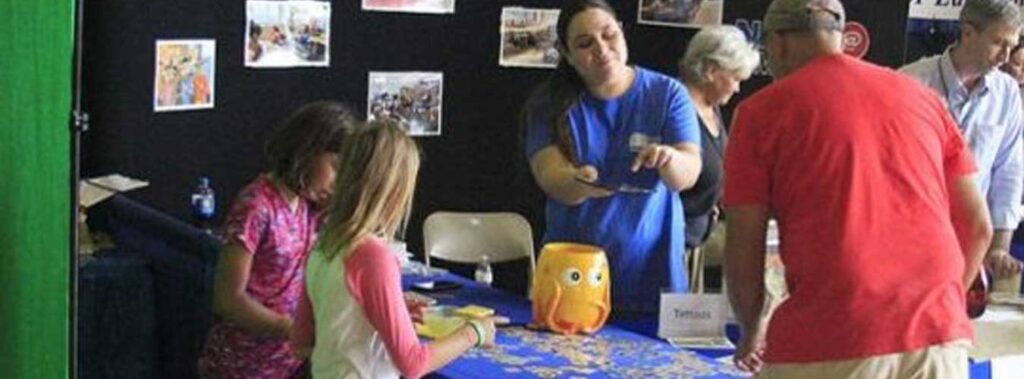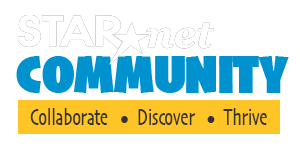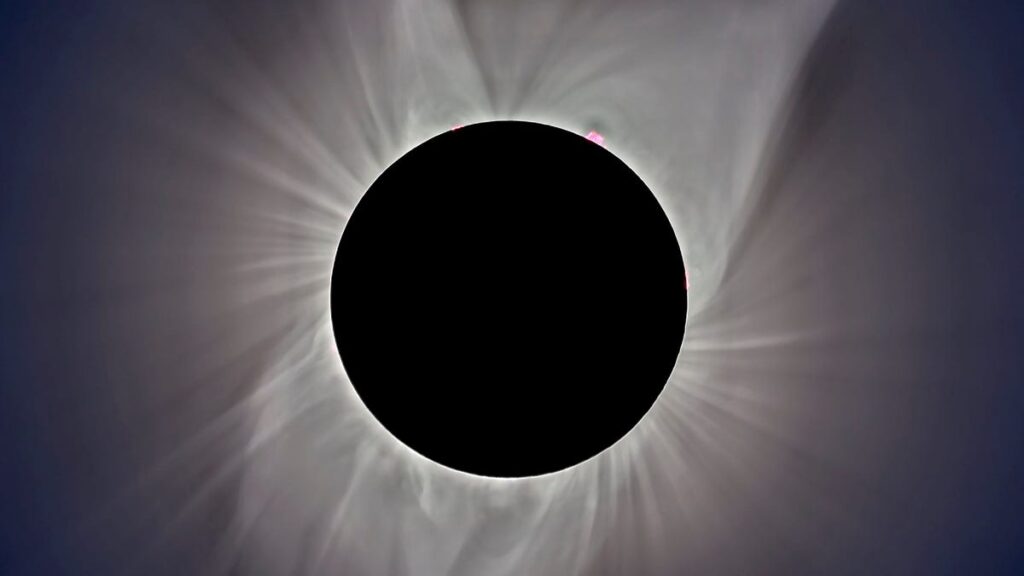Volunteers and Choosing Them Intentionally

By Kevin Tolley, Solano County Library
When thinking about finding volunteers for STEM programming, there are two kinds of groups to consider: Subject Matter Experts (SME) and non-experts (who I’ll just refer to as volunteers). The SME’s are particularly helpful and since I didn’t have a lot of STEM expertise in our library staff I did a lot with them during NASA@ My Library 1.0. That meant I leaned on the SME’s for expert knowledge in order to bring quality programming to the library. Finding them was just a matter of persistence.
 Volunteers, on the other hand, are a bit more complicated since they come from all kinds of places and do so for their own reasons. Teens, teen advisory boards, local politicians, Friends of the Library, churches etc. Most of us have a network of people that we feel comfortable asking when we need help. That works well and definitely use those volunteers, but I’d advocate that you be intentional with who you’re asking because NASA@ My Library is a unique program. And by intentional in this case, I mean having an ulterior motive.
Volunteers, on the other hand, are a bit more complicated since they come from all kinds of places and do so for their own reasons. Teens, teen advisory boards, local politicians, Friends of the Library, churches etc. Most of us have a network of people that we feel comfortable asking when we need help. That works well and definitely use those volunteers, but I’d advocate that you be intentional with who you’re asking because NASA@ My Library is a unique program. And by intentional in this case, I mean having an ulterior motive.
Ask for help from people with whom you want to build a lasting relationship. Ideally, the NASA@ My Library granting period should help your library or library system expand your STEM programming, and the volunteers you find to help you with that process should last beyond that limited timeframe. So, one ulterior motive is to find volunteers with whom you want to work long term. Think of these groups as partners who share similar goals and beliefs as your library and loop them in on the planning stages if appropriate.
Part of what we do as libraries is find and serve underserved populations. Many libraries’ strategic plans make this a goal and Solano County library is the same. We are actively finding population centers that we don’t currently serve and reaching out to them. Finding volunteers to help with NASA@ My Library isn’t really any different and if we can build relationships through partnering with organizations who serve those people, then we are helping those populations.
Examples from my experience included the Boys and Girls Club, the Girl Scouts, and First Five, which is a California state sponsored day care for low-income families. The Boys and Girls Club is a similar group, being an after-school organization primarily dedicated to helping low-income families. The Girl Scouts fits into this category as well because of the library’s express desire in the grant to bring STEM programming to girls. These partners were both excellent long-term partners and organizations who are in contact with population groups that the library is looking to serve.
Another group to ask are those people who will advocate for the library. Teen groups and teen volunteers are great examples of that. Youth groups in churches, service and scholarship clubs in schools, schools where there is a policy to require service credit — these are all excellent places to find teens who are interested in volunteering.
The trick with teens, and with any volunteer who you are hoping will advocate for you is to give them meaningful things to do. That’s where NASA@ My Library shines. People want to do things that are associated with NASA. People want to help children learn. People want to feel like they’re contributing to the betterment of society. So, when you combine libraries with their built-in cache and STEM programming through the NASA brand you get meaningful volunteering opportunities.
When considering whom to invite to volunteer for your program, consider how they fit in with your overall strategic goals, your institutional beliefs, and your vision for your library. Those are the groups you’ll want to continue working with and who will help your library continue to do excellent work well into the future.





Hi Kevin, Thanks for your article. Can you recommend a short book or guide on recruiting and retaining volunteers (especially long-term volunteers)?